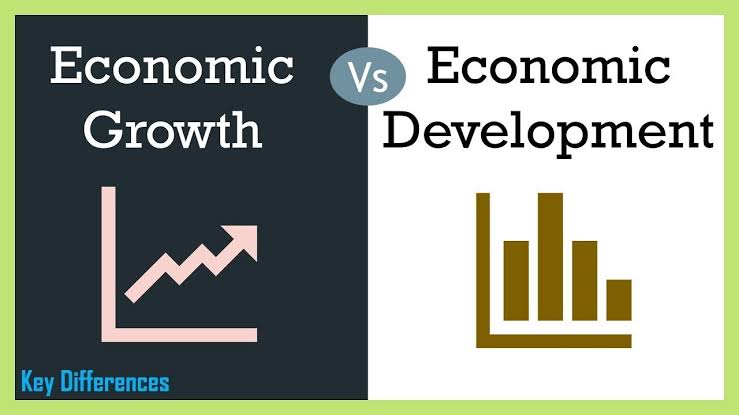The concepts of growth and development are often used interchangeably, yet they have distinct meanings, particularly in fields such as economics, biology, and psychology. Understanding the difference between these two terms is crucial for grasping the nuances of progress, whether in individuals, organizations, or economies.
Growth typically refers to a quantitative change. In biological terms, growth can be measured in terms of size, weight, or volume. For instance, a plant that grows taller or a child who gains weight and height is demonstrating physical growth. In an economic context, growth often relates to an increase in a country’s output, typically measured by Gross Domestic Product (GDP). It reflects how much more a nation can produce compared to a previous period, indicating a larger economy or increased productivity.
In contrast, development encompasses qualitative changes. It involves improvements in overall well-being, standards of living, and capabilities. In human development, this could mean enhancing skills, fostering emotional maturity, or expanding knowledge. It’s about the depth of improvement rather than just surface metrics. For example, a community that invests in education, health care, and infrastructure is developing, even if its population size remains constant. In economic terms, development often refers to sustainable practices, equitable distribution of resources, and enhancements in life quality—factors that contribute to the holistic advancement of society.
To illustrate the difference, consider a simple analogy involving a tree. Growth is akin to the tree getting taller and producing more leaves; it can be measured directly and numerically. Development, however, is about the tree’s health, its ability to produce fruit, or its resilience to disease. A tree that has grown significantly but is unhealthy and unable to produce fruit is not truly developed.
In a corporate context, growth might be represented by increased sales figures, market share, or number of employees. Conversely, development could involve enhancing employee skills, improving workplace culture, or innovating product lines to meet changing consumer needs. A company might grow quickly through aggressive marketing but fail to develop a loyal customer base or an engaged workforce, which could be detrimental in the long run....Read Full Article [Click Here>]
The distinction also plays a significant role in global contexts. Many developing nations may experience rapid economic growth due to resource exploitation or foreign investment, but if this growth does not lead to improvements in education, health, or social equity, it may not qualify as genuine development. On the other hand, developed nations face challenges in maintaining growth while ensuring that social welfare systems, environmental sustainability, and quality of life are preserved.
Ultimately, while growth can be a component of development, it does not guarantee it. Real development is multidimensional, focusing on improving quality of life and addressing the root causes of poverty, inequality, and environmental degradation. It’s about fostering an environment where individuals and communities can thrive holistically, rather than simply measuring how much they can produce or consume.
In conclusion, distinguishing between growth and development is essential for assessing progress in various domains. While growth signifies an increase in quantity, development signifies a deeper, more meaningful transformation. Understanding this difference can guide policymakers, businesses, and individuals toward strategies that promote not just growth, but sustainable and inclusive development.





